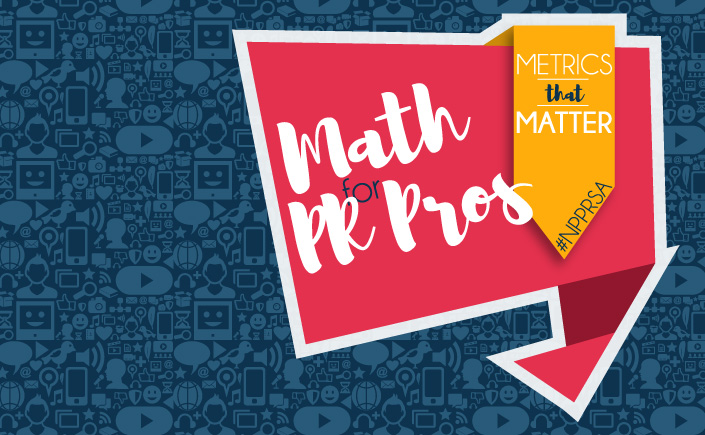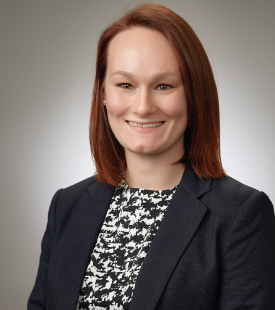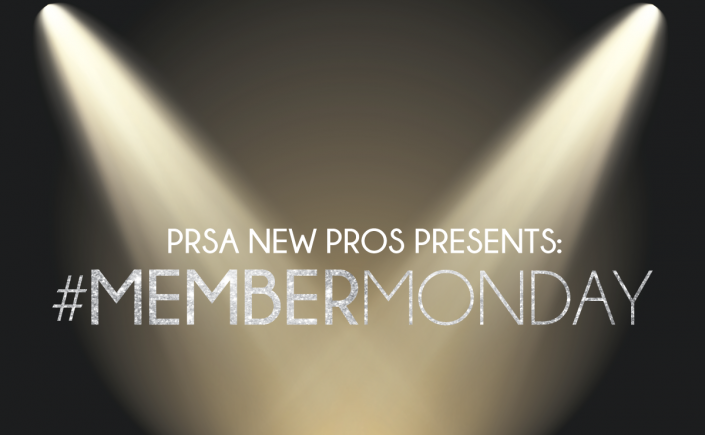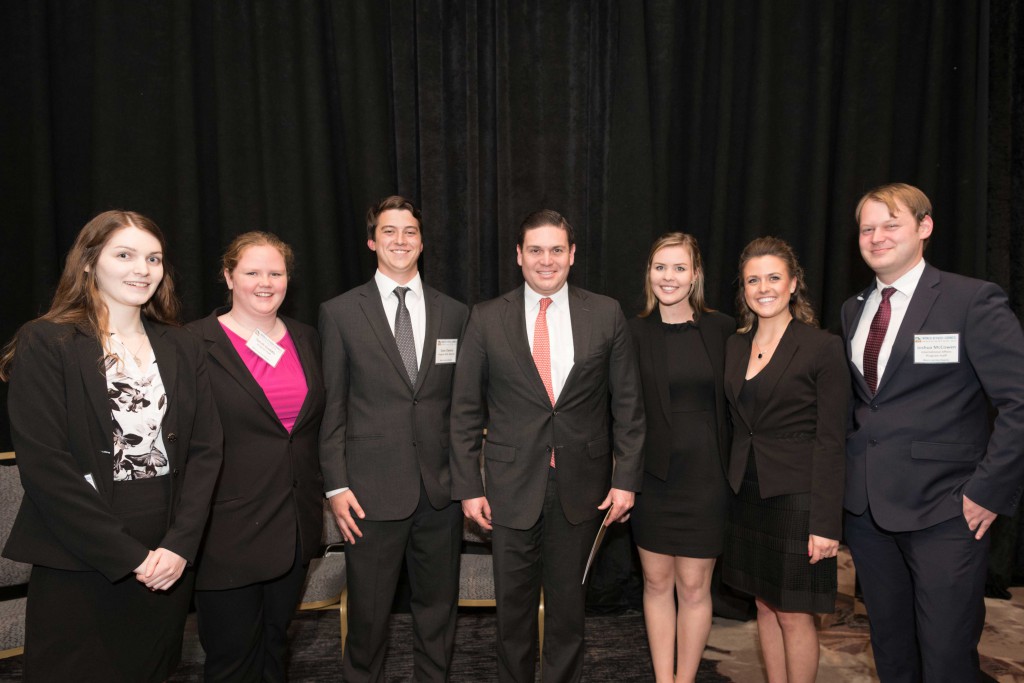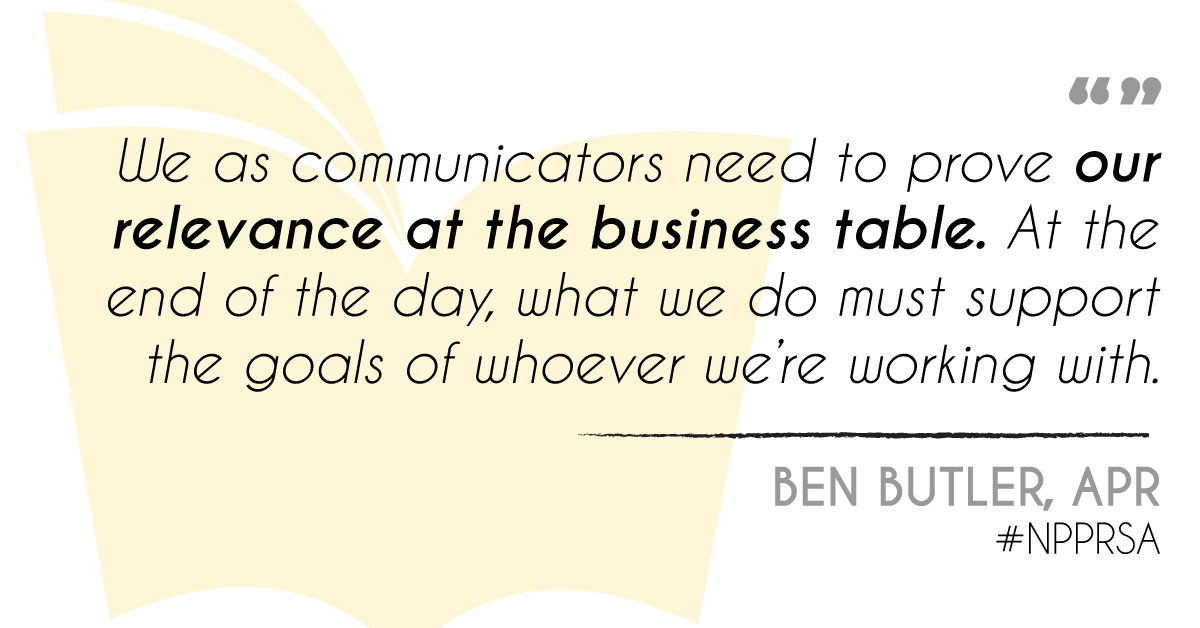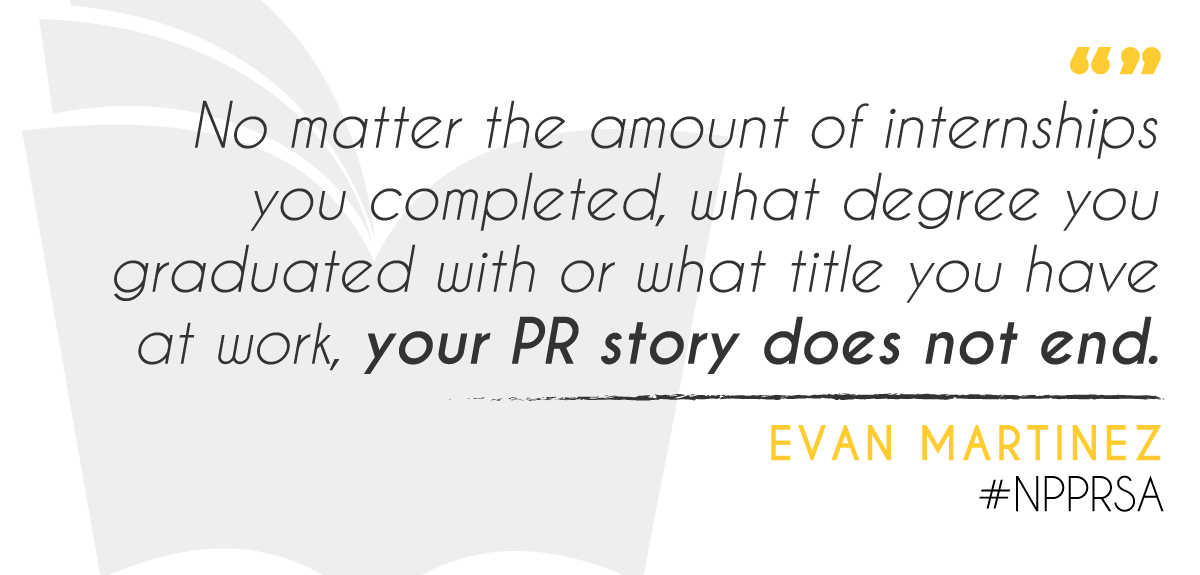Stat: 85% of millennial managers worldwide have moved into management in the past five years (Ernst & Young).
Coming from a new professional classified as a millennial, and who recently moved into a management position last year, this is a terrifying daunting statistic.
Making the transition from an early-staged new professional to a mid-level new professional can happen before you even realize. Nonetheless, you still must be prepared as you make this transition to set yourself up for success (and ensure minimal stress-induced sugar binges).
What could this new transition include . . .
Overseeing staff? Say what?
Giving hard feedback instead of only receiving it? You’ve crossed the line, Greg!
Managing up? What does that even mean?
These are all questions we have to face as we produce solid work and move up the professional ladder, whether we’re ready or not. Let’s focus on the last of those three facets of mid-level new professionalism: managing up.
I was fortunate enough to deliver a presentation at 2017’s PRSA International Conference with two of my fellow colleagues (“colleagues” is what you say when you’ve transitioned into mid-level new professionalism, by the way) from the PRSA New Professionals Executive Committee. The topic in which we delivered captivating content to our session attendees? You guessed it—managing up.
I’ll let you look over the presentation on your own time HERE (there are some pretty interesting stats and tips in there), but I want to pull out two main points:
- Managing up, the act of managing upwards to your superiors, is not something that’s often taught outside of real-world experience (and even that’s if you’re lucky).
- When done well, managing up takes foresight, strong two-way communication and a grounded perspective.
“But Greg, you say it’s only taught in the real world? I’m in dire need of this skill; where can I learn more?!”
Well, I just happen to know of the perfect event to recommend and it’s coming up next Wed., Jan. 24 from 3 – 4 p.m. EST in the form of a virtual teleseminar!
This session, PRSA New Pros’ first of the year and entitled Maximize Your Career Potential by Learning to Manage Up, will be presented by Scott W. Thornburg, APR.
This session is a crash course on managing up and you’ll end being armed with tangible takeaways! I met Scott last October and I’m so excited to hear what advice he’ll be offering attendees. Needless to say, I’ll be showing up with my Do Not Disturb active on my phone and the door shut to my office (no distractions, you know, as a mid-level new professional you’re now being pulled in 200 different directions both upward and downward).
>> REGISTER FOR THE TELESEMINAR HERE <<
So register, buckle up and get ready for a worthwhile learning experience to rock your mid-week next Wednesday.
With that kind of hype, how could you not register?
Greg works full-time as the Marketing Manager for the Michigan Association of School Boards, as well as a freelance creative services consultant. With several years of strategic communications experience, he specializes in digital and creative marketing and public relations. His experience spans agency, corporate and nonprofit arenas. He serves as the social media co-chair for both the New Professional and Association/Nonprofit PRSA sections. When he’s procrastinating not working he enjoys pretending he’s Twitter famous @GregRokisky and checking off items on his never-ending Goodreads shelves.




